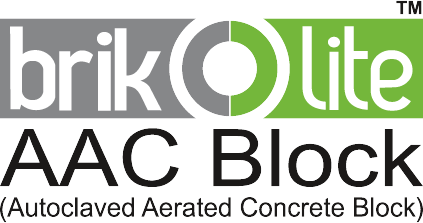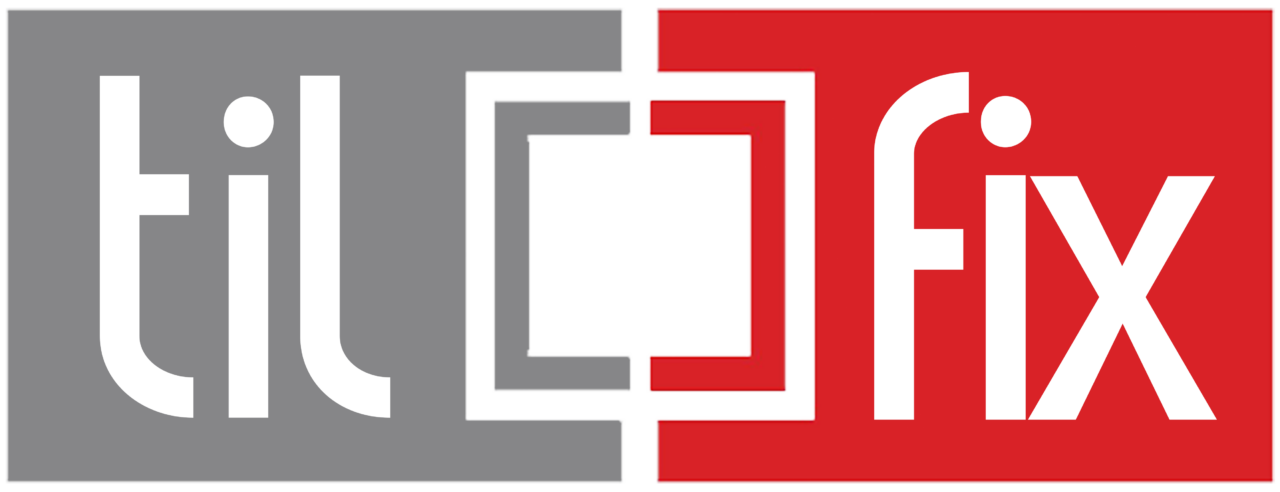Five Striking Properties of AAC Blocks
Feb 10, 2023 | Benefits, Blog | 0 comments

Five Striking Properties of AAC Blocks
by inderjeet | Feb 10, 2023 | Benefits, Blog | 0 comments

Five Striking Properties of AAC Blocks
by inderjeet | Feb 10, 2023 | Benefits, Blog | 0 comments

Are you familiar with the properties of AAC blocks that make them a top pick for construction supplies? Or are AAC Blocks on your list of viable building materials for your business or homes? You’re well on your way to building the best and most intelligent structure if it’s on your checklist. And if you haven’t used it yet, we’re confident that after reading this post you’ll think it’s worthwhile to consider purchasing it for your construction projects.
A brief note on AAC Blocks
Autoclaved concrete blocks, also referred to as AAC blocks, are the most popular building material when compared to regular bricks because of their profitability and light weight. AAC is a foamy, solid substance that is easy to operate and use since it is up to threefold lighter than conventional red bricks.
It is worth mentioning here that this extraordinary modern building brick entered the construction world since its masterminding in the mid 1920s. Though its prominence skyrocketed in the previous decades after many years of developmental processes.
Production Process
In the process of creating AAC, granulated fly ash, gypsum, lime, cement, water, and aluminium powder are blended and put into a frame. When aluminium powder is introduced to concrete, it responds with lime and fly ash, releasing millions of minuscule hydrogen air bubbles. The concrete expands by about twice its initial volume as a result of the hydrogen bubbles. Following the evaporation of hydrogen, a closely packed, aerated concrete sediment is left. The last and final stage involves the slicing of the blocks, after which they are treated under steam and pressure placed in an autoclave for around 8 to 12 hours.
Explore the five exceptional properties of AAC blocks, which make them the safest alternative for a posh establishment.
It’s not surprising that this smart building material is now the most talked about manufacturing ingredient, all thanks to its nifty features. Let’s find out what makes it extraordinary.
The AAC Block properties are-
- Its weightless nature provides more workability and ease of labor.
In comparison to regular red bricks, aerated concrete weighs three times less. Accordingly, that makes it much easier to carry and, thus, minimizes transportation charges. Additionally, due to its lightweight nature, the aerated concrete is instrumental in erecting towering structures. And that aptly positions it as every engineer’s foremost choice.
- It’s energy-saving and thermally insulated.
It is highly desirable to state that the thermal conductivity of AAC blocks are entirely determined by their building units and porous nature. As such, the solutions of limestone, water, gypsum, cement, and fly ash make up their fabricating components. Owing to all of these constituents and the technical implementation, it is possible to structure it into a heat-protective material.
Undeniably, it is this excellent property of AAC that makes it everyone’s preferred construction material. Given the growing danger of global warming and the rising temperature, it is wise to insulate our homes and work premises from the heat. Inside an aerated concrete structure, dwellers can now take advantage of a reassuringly cool summer and a warm, snug winter.
Thus, it plays a major role in reducing the air-conditioning load dramatically, up to approximately 30%, which results in energy savings.
- An ecologically sound housing substance
As a responsible citizen of the earth, it would be rewarding to opt for AAC blocks as a part of your construction projects, owing to their green building certification feature. Contrary to traditional red bricks, autoclaved aerated concrete demands minimum water usage during the construction process, thus saving water tremendously.
Added to this, the implementation of aerated bricks contributes to the preservation of soil. Because the incorporation of fly ash which is a recyclable and biodegradable material, eliminates a significant portion of soil erosion, unlike with red bricks. This is one of the other great properties of AAC blocks that we cannot deny.
- Highly Economical
Another impressive property of AAC blocks is its cost effective attribute. There is a tremendous reduction in construction charges with autoclaved aerated slabs, as they don’t require the execution of steel or cement in comparison to traditional bricks. Why? Simply because they are remarkably 80% lighter than the red ones and also accurate in size.
- Excellent Acoustic Activity
In case, you’re still wondering with the question – Is AAC Block good for construction?
You would be delighted to know that apart from the distinguishable properties cited above, they render stupendous soundproof performances. Their porous design guarantees sound mitigation of up to 42 decibels. Thus, presenting them as an appropriate building element in educational establishments, hotels, health care centers, offices, and residential apartments.
In closing
So, if you are someone planning to construct any kind of establishment or an engineer taking up a building project, then you should probably consider buying Brikolite AAC blocks. Set against bricks, Brikolite blocks are much more economical, add extra security, and need less effort to operate. By adopting these green building blocks, you can reduce the length of time it takes to complete your project by up to 50%. And also, now that you are familiar with the outstanding properties of AAC blocks, give us a call today to experience a simple and exciting construction procedure.






